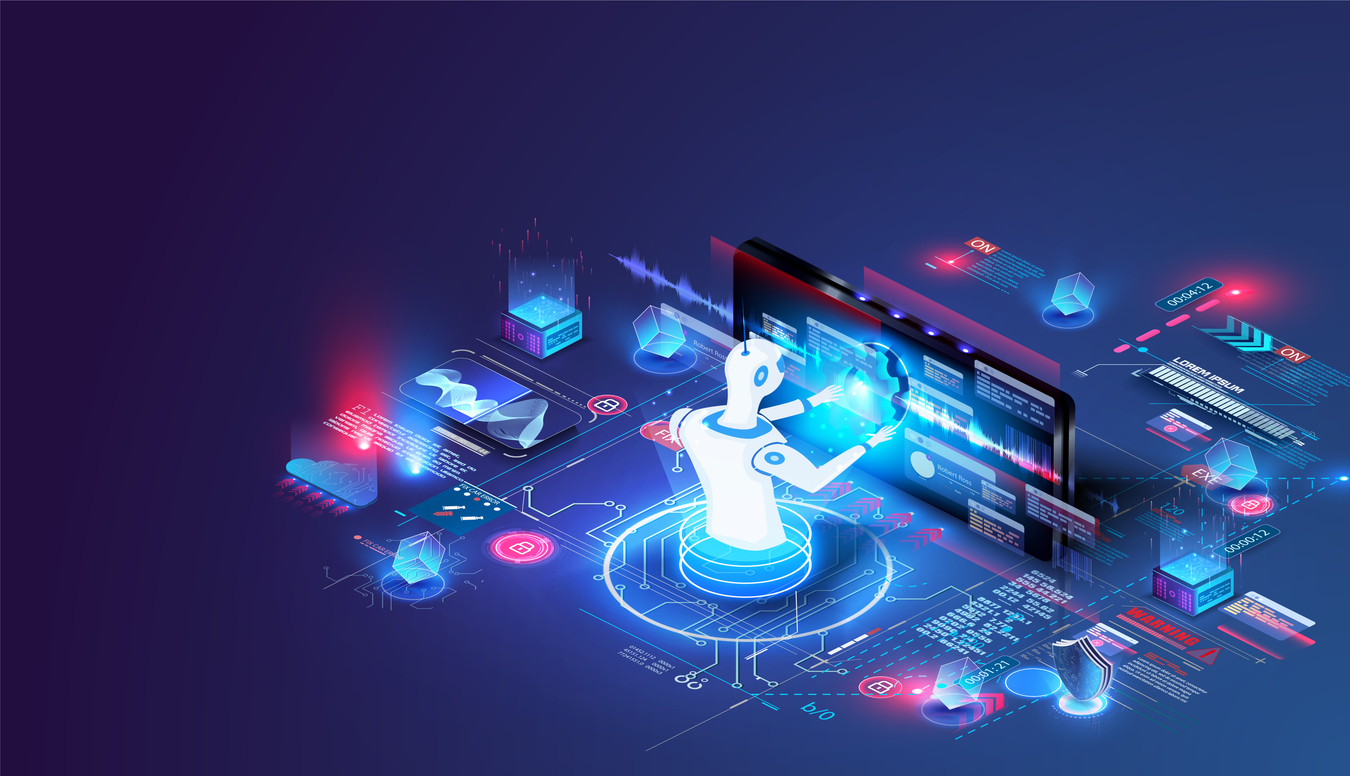Marketing automation is now at the center of how businesses grow, scale, and compete. From AI-driven customer journeys to predictive analytics, companies can reach the right people at the right time more efficiently than ever before. For small businesses, these tools have been a game-changer, offering access to advanced marketing once only available to corporations with deep pockets.
But here lies the challenge: as automation accelerates, businesses risk treating customers as numbers instead of people. Over-reliance on software can make interactions feel mechanical, eroding trust and loyalty in the long term. The real question for leaders is: how can we embrace automation while still keeping the human connection alive?
Why Businesses Rely on Automation
Automation has become indispensable for growth. It reduces repetitive tasks, lowers costs, and improves accuracy while allowing teams to focus on strategy rather than execution.
For instance:
-
Automated email sequences can nurture leads without manual follow-up.
-
CRM systems use predictive scoring to identify the highest-value prospects.
-
AI-driven analytics uncover customer behaviors in real time.
In fact, many companies are now experimenting with AI-driven assistantsto streamline marketing and operations, a development that is rapidly changing how business owners think about efficiency and growth.
This explains why global spending on marketing automation software is expected to continue rising year on year. Yet efficiency alone isn’t enough—automation has to feel authentic.
The Risk: Losing the Human Element
Customers today are savvy. They can spot a mass-produced message, a scripted chatbot, or a generic ad campaign almost instantly. And when interactions feel transactional, trust begins to fade.
This is especially pressing as businesses experiment with AI agents that can manage entire workflows, which could unintentionally blur the line between efficiency and authenticity. While these tools promise speed and scale, they can also strip away the nuances that make brands relatable and human.
The danger isn’t just poor customer experience—it’s long-term brand erosion. A business that appears impersonal may find its customers switching to competitors who value genuine engagement.
Strategy 1: Personalization Beyond the Algorithm
Adding a customer’s first name to an email is not personalization. True personalization requires context, empathy, and an understanding of customer behavior.
Practical steps:
-
Behavior-based segmentation: Group customers by purchase history, browsing behavior, or lifecycle stage, then tailor campaigns accordingly.
-
Dynamic content: Adjust email, website, or ad content in real time based on user preferences.
-
Values alignment: Ensure automated messaging reflects brand values—whether it’s sustainability, innovation, or customer-first service.
Automation should enhance personalization, not fake it. Businesses that strike this balance see higher engagement and stronger loyalty.
Strategy 2: Human Checkpoints in Automated Journeys
Too much automation can make customers feel stuck in a loop. Introducing human checkpoints can transform the experience.
Examples:
-
An automated chatbot answers FAQs, but if a customer asks about pricing or contracts, it seamlessly escalates to a live agent.
-
Automated lead nurturing emails build interest, but high-value prospects receive a personal call from a salesperson.
-
A self-service booking system handles scheduling, but staff follow up with a warm, personalized confirmation.
Automation should act as the scaffold, not the full structure. Humans bring nuance, empathy, and problem-solving that machines cannot replicate.
Strategy 3: Transparency Builds Trust
One of the fastest ways to lose credibility is pretending automation is human. Customers appreciate honesty. Businesses should be upfront when they’re using AI and explain how it benefits the customer.
-
Label chatbots clearly.
-
Include options to “speak with a person” at any time.
-
Disclose how customer data is used in personalization.
Transparency fosters trust, especially in an era when consumers are wary of how their data is collected and stored. By making automation feel like a choice rather than a hidden process, brands can strengthen credibility.
Strategy 4: Leverage AI Responsibly
AI offers enormous potential, but without human oversight it can backfire. Algorithms alone can’t fully grasp brand tone, cultural nuance, or customer emotion.
For example, AI agents can optimize workflowsand free up staff for higher-value work, but without thoughtful monitoring, they may generate messages that feel tone-deaf or irrelevant.
Moreover, while AI is unlocking powerful new use cases across industries, experts continue to warn about the risks of overdependence on automated systems. Over-automation risks homogenizing customer experiences, making brands indistinguishable. Businesses must use AI as a tool, not a substitute for judgment and creativity.
Strategy 5: Invest in Training and Culture
The most advanced automation system won’t succeed without people who know how to use it responsibly. Businesses should:
-
Train staff to blend automation with human touchpoints.
-
Build a culture of empathy, where tech supports—not replaces—relationships.
-
Encourage teams to monitor customer sentiment continuously, adapting automated workflows accordingly.
Ultimately, automation is most powerful when it empowers employees to focus on the uniquely human aspects of business: creativity, innovation, and relationship-building.
Who Gets It Right: Lessons from the Best
Forward-thinking businesses are showing how automation and humanity can work together:
-
E-commerce brands automate cart reminders but add surprise discounts written in a personable voice.
-
SaaS companies create AI-powered onboarding, but also schedule one-on-one calls to troubleshoot challenges.
-
Luxury retailers use automation to track buying behavior, then provide highly tailored, human-driven concierge experiences.
The result is a hybrid customer experience—fast and efficient, but still warm and personal.
Is Automation a Shortcut or a Strategy?
The danger lies in treating automation as a shortcut—something to replace people. Businesses that do this often alienate customers. But when automation is treated as a strategic enabler of deeper human connections, it becomes a long-term competitive advantage.
Technology will continue to evolve. But trust, empathy, and connection remain timeless. The companies that thrive will be those that use automation as a bridge—not a barrier—between business and customer.
Final Thoughts
Marketing automation is not about replacing human connection—it’s about amplifying it. By blending automation with empathy, businesses can enjoy the best of both worlds: efficiency at scale and meaningful engagement that fosters loyalty.













